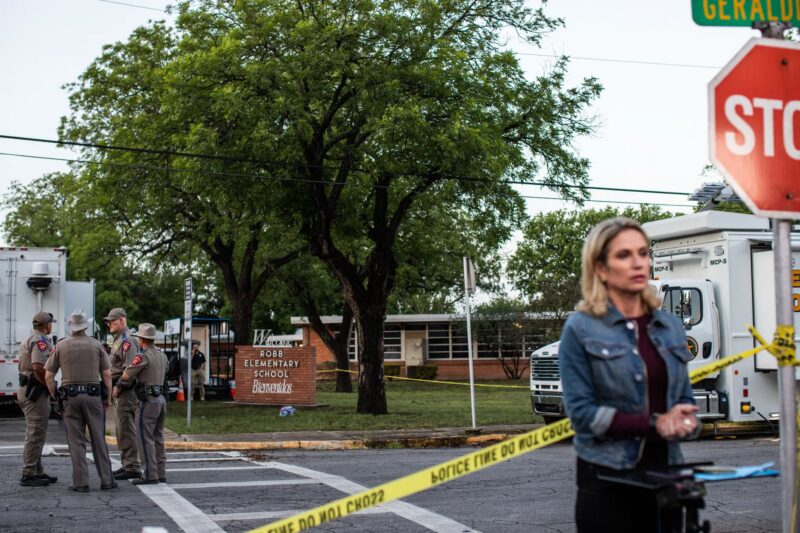A Year After the Uvalde Massacre: Did Anything Change?
Share
Explore Our Galleries
Breaking News!
Today's news and culture by Black and other reporters in the Black and mainstream media.
Ways to Support ABHM?
Edgar Sandoval, The New York Times
After a failed police response to the shooting deaths of 19 students and two teachers in Uvalde, Texas, there were calls for accountability and new gun laws.

The shooting at Robb Elementary School in Uvalde, Texas, last May in some ways changed the conversation yet again on gun violence in the United States: 19 fourth-grade students and two teachers died in one of the deadliest school shootings in American history
But what made the Uvalde attack extraordinary was not just the death toll. It was the fact that more than 370 officers from local, state and federal agencies had responded to the scene — some standing in the school hallway — but allowed the gunman to remain holed up with students inside the school for 77 minutes before storming in to kill him.
In the aftermath, that left a host of questions, not only about the laws governing access to guns but also about police training, emergency responses, school security and preparedness, and who ultimately would be held accountable for a failure that occurred on so many levels
In the year since the attack, a number of people have resigned or lost their jobs. New laws have been debated, and some have been passed. Criminal investigations have been opened. Survivors have undergone months of physical therapy.
Those who did not survive have been buried.
Did any of it make another mass shooting less likely? In Uvalde, people have had their doubts.
“Almost a year now, and honestly nothing has changed,” Jesse Rizo, the uncle of one of the massacre victims, told the Uvalde school board in the weeks before Wednesday’s anniversary of the shooting.
Read the rest of the article here.
Read this article to learn more about how gun violence affects communities of color.
Find more Breaking News here.









Comments Are Welcome
Note: We moderate submissions in order to create a space for meaningful dialogue, a space where museum visitors – adults and youth –– can exchange informed, thoughtful, and relevant comments that add value to our exhibits.
Racial slurs, personal attacks, obscenity, profanity, and SHOUTING do not meet the above standard. Such comments are posted in the exhibit Hateful Speech. Commercial promotions, impersonations, and incoherent comments likewise fail to meet our goals, so will not be posted. Submissions longer than 120 words will be shortened.
See our full Comments Policy here.